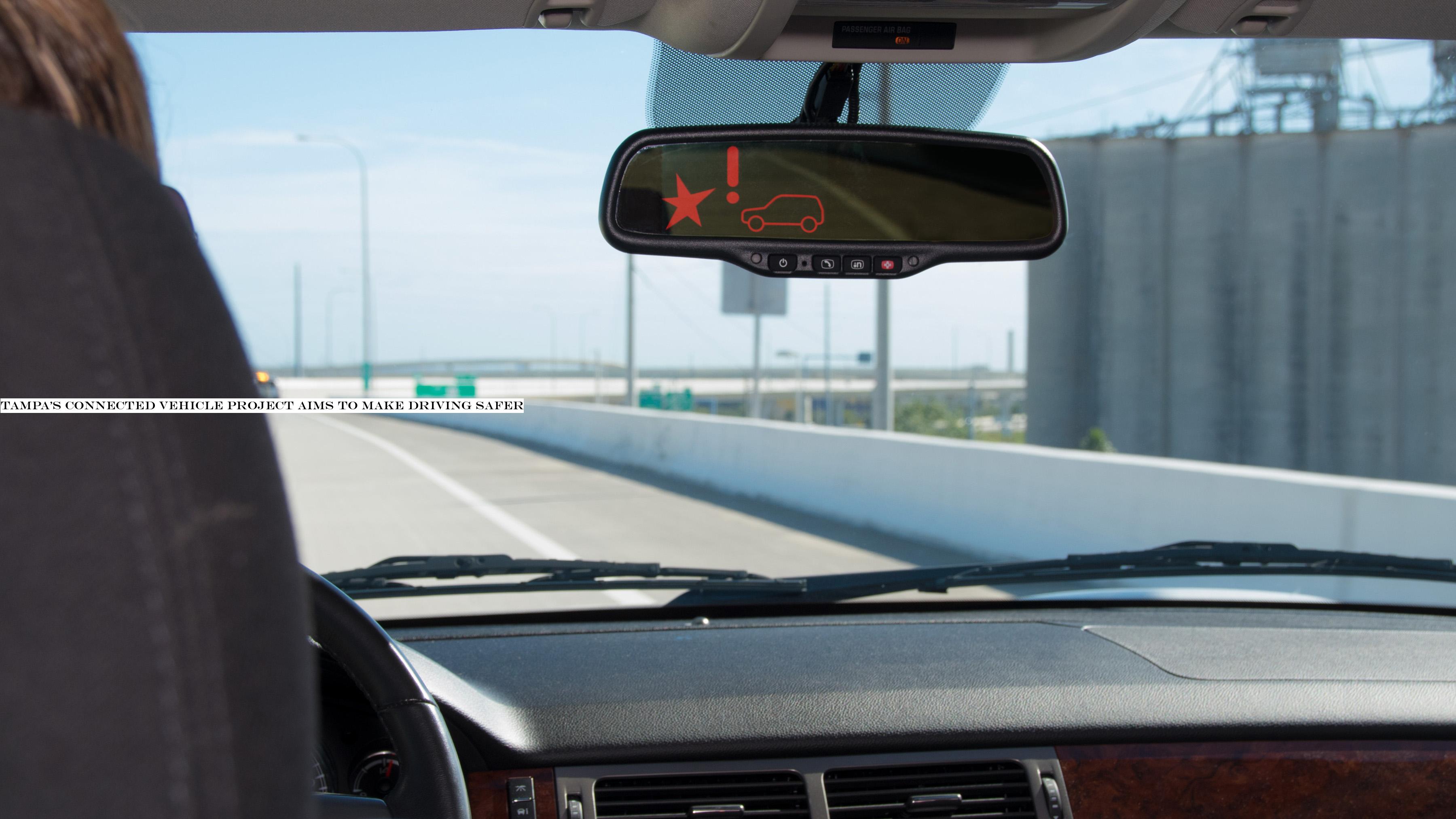INSUBCONTINENT EXCLUSIVE:
industry that wants to come up with a more universal solution for our future mobility and transportation needs
Being connected is central to that.Complex problemHowever, this is a complicated and not easily solved issue
Whatever connectivity method is used, joining up the dots between vehicles, devices and people is certainly the way forward, particularly in
urban areas where city populations are on the increase.One example in the USA aims to tackle the urban issue head-on
The Tampa Hillsborough Expressway Authority (THEA) connected vehicle pilot is a great new initiative designed with making streets in the
Vehicle to Everything (V2X) roadside units (RSUs) that effectively join up those dots between vehicles.Connected techThis network of 46
roadside boxes is so far linked to around 1,000 car-owning volunteers along with 10 buses and ight streetcars
traffic flow and cutting down on accidents
To do this THEA is utilising vehicle-to-vehicle (V2V) and vehicle-to-infrastructure (V2I) communication technology to make it all work.The
local authority signed an agreement with the US Department of Transport (USDOT) back in 2015 and the Tampa/Hillsborough Regional Expressway
Authority (THEA) has been working alongside the Hillsborough Regional Transit Authority to implement the concept
They already had a solid foundation, after realising the benefits of all-electric tolling systems
The Connected Vehicle or CV project seemed like an obvious extension of that.Drivers get alerts about hazards directly to their rear view
mirror (Image credit: THEA)Dynamic warningsFor the Tampa project, CVs communicate using a two-way short-to-medium-range wireless tech called
DSRC or Dedicated Short Range Communications, which is a bit like Wi-Fi
However, it does mean the driver can receive a series of dynamic warnings on the go, including audio and visual indications for end of ramp
deceleration and forward collision alerts, amongst others.We recently got to see the pilot in action and it boasts a number of potential
solutions, all of which are tied into the connected vehicle concept
City officials even closed off a portion of the Lee Roy Selmon Expressway for us in order to illustrate the various facets of the project
There was even a police escort at the entry to the highway, just to deter anyone tempted to drive on to the otherwise deserted city
overpass.Tampa has been piloting its connected vehicles project since 2015 (Image credit: THEA)Congestion bustingSitting in the back of a
The team explained how the specially adapted rear view mirrors were able to flag up numerous warnings in their CVs.Officials explained that
this sharp curve, which ends at the traffic light-laden intersection of East Twiggs Street and Meridian Avenue, is prone to traffic
queuing and also to slow down for the curve
road so we could get a closer look at how the system works (Image credit: Rob Clymo)Smart motoringSimilarly, going the wrong way on roads is
surprisingly more common than you might think, especially in America it seems
This issue is potentially compounded in Tampa where the city has employed a reversible lanes initiative (REL)
Lanes are switched around during different times of the day in order to increase traffic flow during rush hour commutes.This is a very
practical solution but not without its issues
The THEA connected vehicle pilot is perfect for addressing the problems of confused drivers going the wrong way
Using the connectivity of the vehicles and the roadside boxes drivers are warned of wrong-way drivers well in advance
City officials explained that this could be the way to stop accidents, with this stretch of road being the perfect test bed following a
number of fatalities over the years.THEA hopes that the pilot could lead to a wider rollout of the safety initiative (Image credit: Rob
Clymo)Safety firstAnother bonus of the system is when you come off the expressway and into town
City streets are full of people and not all of them are as conscientious at looking out where they're going as you are
As a result, the connected system adds another level of safety by issuing pedestrian warnings as you drive through the intersection and onto
the urban roads.However, the system is also useful for making traffic flow more efficient
Case in point is the TECO Line Streetcar System
This is an electric trolley service that runs between downtown Tampa and Ybor City
Safety has been improved in this example too, as the connected vehicle system flashes up alerts when lazy or distracted drivers decide to
THEA)More efficientBetter still, particularly considering just how long the lights take to change at American intersections, is the way the
system can optimise signal timings
Having vehicles connected can also let drivers know when there are obstacles in the vicinity that they may not have otherwise seen

